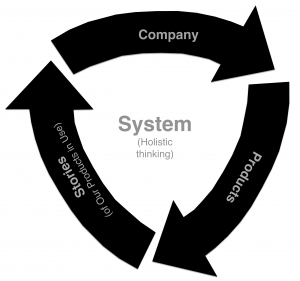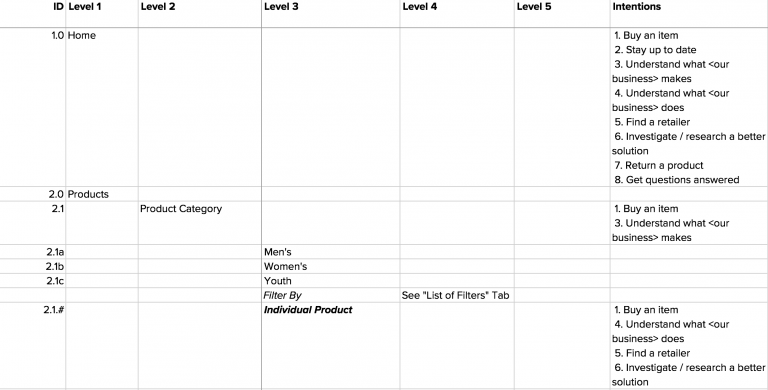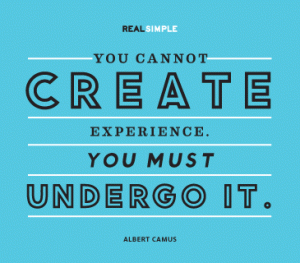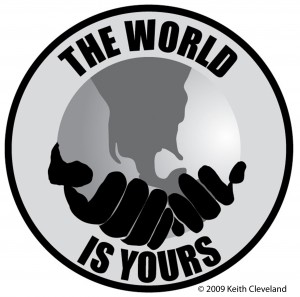Customer Intentions vs Jobs To Be Done
“The plan of this world is infinite similarity and yet infinite variety.” ~ Dinah Maria Mulock Craik
In this series we introduced Designing for Customer Intentions and talked about how to Define Customer Intentions. We discussed the importance of putting your Unique Business Values First and described the practice of Putting Customer Intentions to Use. Throughout, Customer Intentions remains a subject we’ve been excited to experiment with and develop further.
It was with this excitement that a few months ago I found myself explaining the theory to a close colleague. Instead of responding with the same excitement, she countered with, “Oh I get it. That’s like Jobs to Be Done, right?”
“Jobs to be what?” I answered.
This interaction led me to question:
Is Designing for Customer Intentions really just a replica of the Jobs to Be Done method?
I swallowed my embarrassment, opened Google, and attempted an answer.
For those of you like me who haven’t yet run into Jobs to Be Done (JTBD), it’s a method which became famous through the 1997 Clayton Christensen book, The Innovator’s Solution. I haven’t yet read the text, but through my research I found a few summaries helpful in explaining JTBD further.
To elaborate, the Jobs To Be Done theory basically says that any company which describes itself as “technology X for demographic segment Y” is eventually doomed. If you tie yourself too closely to a technology, you’ll get blindsided by the next big thing. Similarly, if you define your customers by their demographic attributes, you learn very little about how you can help them better. On the other hand, if you get under the lid of the jobs they are trying to do, and understand their Psychology – i.e. their needs, goals and mental models around these jobs – then you’ve defined the problem in a way that brings the solution into focus, and it isn’t tied to a particular technology or approach. ~ User Experience and Jobs To Be Done, Harry Brignull
It’s a straightforward principle: people “hire” products and services to get a job done. For instance, you might hire a new suit to make you look good at a job interview. Or, you hire Facebook to stay in touch with friends on a daily basis. You could also hire a chocolate bar to relieve stress. These are all jobs to be done. ~ A Practical Model for Jobs To Be Done (JTBD), Jim Kalbach
These sources and a few others began to illuminate the JTBD world for me. They also helped relate the concept back to Information Architecture and User Experience Design. I highly recommend reading these works further if you’re interested in applying them to your own business and/or practice.
After my research, I could see how the idea of a product or service being “hired” to do a job for a customer sounds similar to:
I could clearly visualize how one could consider the website a service the customer hires to get one to many jobs done.
Still, I fought giving in to the idea that the methods are the same. I read article after article to prove my intended narratives; i.e. “Customer Intentions is based more on the actual customer, whereas JTBD only focuses on products”, “Customer Intentions has a deeper emotional angle than JTBD”, and “JTBD can only be used for simple feature and task definition whereas customer intentions can be used for larger strategic initiatives”. Unfortunately for me all of my resistance was for not once I landed on this piece.
Reading it, I saw my battle was lost.
Designing for Customer Intentions and Jobs to Be Done are in fact almost one in the same. I’d say they are the same, but the Intentions theory isn’t nearly as robust as JTBD so I won’t pretend they are equivalent.
However, I won’t stop using the Intentions language anytime soon either. Nor will I stop utilizing and developing the theory further.
Why?
I hypothesize using the Customer Intentions language may be better in some scenarios, while Jobs to Be Done may be more effective in others. For example, some business partners may respond better to JTBD language especially if they are familiar with, and have already bought into, the method. Others may be more favorable of the Customer Intentions language due to it’s direct tie to customers.
I have further theories on when these cases may apply and a few data points to back up said theories, but I’m afraid these aren’t yet ready for center stage. Though, I do plan on sharing them as we gather more evidence.
As to why I don’t plan on ceasing my exploration of the theory, I believe that in seeing the theory through just a bit a further, the potential of new insights may arise. I’ll be sure to keep you updated in this regard as well.
For now, I aim to continue my research as well as focusing the language I use for the method based on both the Customers I’m working with and the Context in which we are working. An idea which I’m sure rings a bell with you other Information Architects out there.

After-all if the language we use can serve our customers better, why not make it more specific and tailored to their needs? We could even look at the language as a product or service that does a job for the customer.
Too soon?
Maybe. Either way, I’m grateful for my colleague pointing out these similarities when she did. Without her insight, I’d still be in the dark on a theory that holds much promise and exploration in the weeks and months ahead. Stay tuned!
Disclaimer Affiliate Links
Some links in this post are affiliate links and may generate a commission at no additional cost to you. (So thanks for clicking!)




















